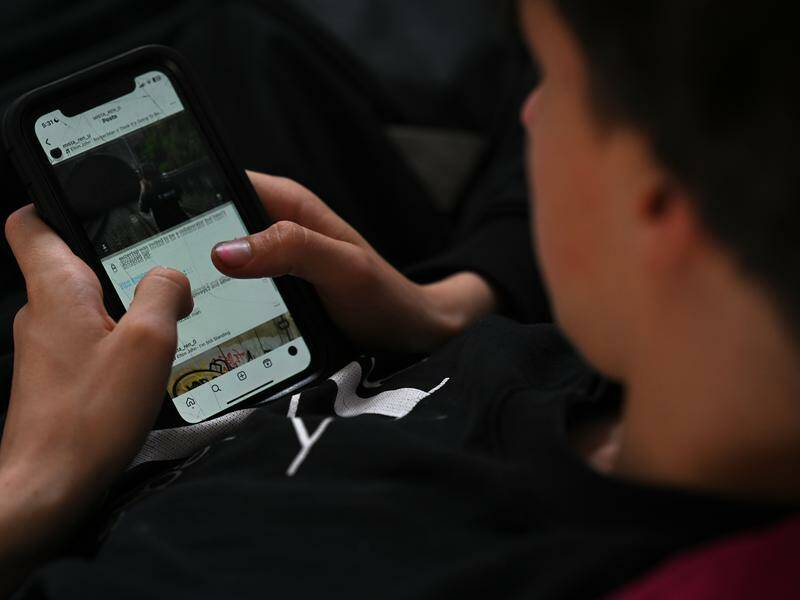
BREAKING: New regulations in Victoria will limit screen time for primary school students to a maximum of 90 minutes in classrooms starting in 2027. This significant move aims to enhance focus and reduce distractions among students in years 3 to 6, but questions arise regarding the funding of communal devices necessary for this initiative.
Effective December 10, the federal government will also implement a social media ban for users under 16, aligning with Victoria’s ongoing efforts to manage screen time effectively. The new guidelines will be distributed in term one of 2026, providing schools with the resources needed to teach digital literacy while limiting device use.
Education Minister Ben Carroll stated, “This will actually give young people more focus in the classroom, better concentration levels, better regulation in the classroom,” during a press conference. He emphasized that this policy would save families over $500 per child by eliminating the need for parents to purchase digital devices.
However, the rollout raises critical financial questions. Schools will need to fund any additional devices from their budgets. Shadow Treasurer Jess Wilson expressed concerns, stating, “Schools need to understand where the money to pay for devices is going to come from.” With strict budgets already in place, principals are worried about the feasibility of providing adequate technology for all students.
The Australian Education Union also criticized the government’s expectations, claiming that the $2.4 billion cut from school budgets through to 2031 undermines the initiative’s viability. Union president Justin Mullaly remarked, “The Allan government is living in a dreamland if they think public schools have the budgets available to provide devices to all students when Victorian public schools are the lowest funded in the nation.”
Former teacher and psychologist Jocelyn Brewer praised the 90-minute limit as a positive step but stressed that the effectiveness of screen time reductions depends on how teachers utilize technology in classrooms. “The quality of the content and it enhancing what’s being learned is really important,” Brewer noted, warning that poorly chosen digital content could be counterproductive.
As this policy rolls out, parents and educators across Victoria prepare for adjustments in classroom dynamics. The phased implementation coincides with rising global concerns about children’s screen time management, making this a crucial moment for educational reform.
Moving forward, stakeholders will need to address funding challenges while ensuring that students receive the necessary tools for a balanced educational experience. The upcoming discussions among school officials and education authorities will be pivotal in determining the success of this initiative.
This developing story underscores the urgent need for clarity and action as Victorian schools navigate the complexities of modern education. Stay tuned for further updates on this critical issue.







